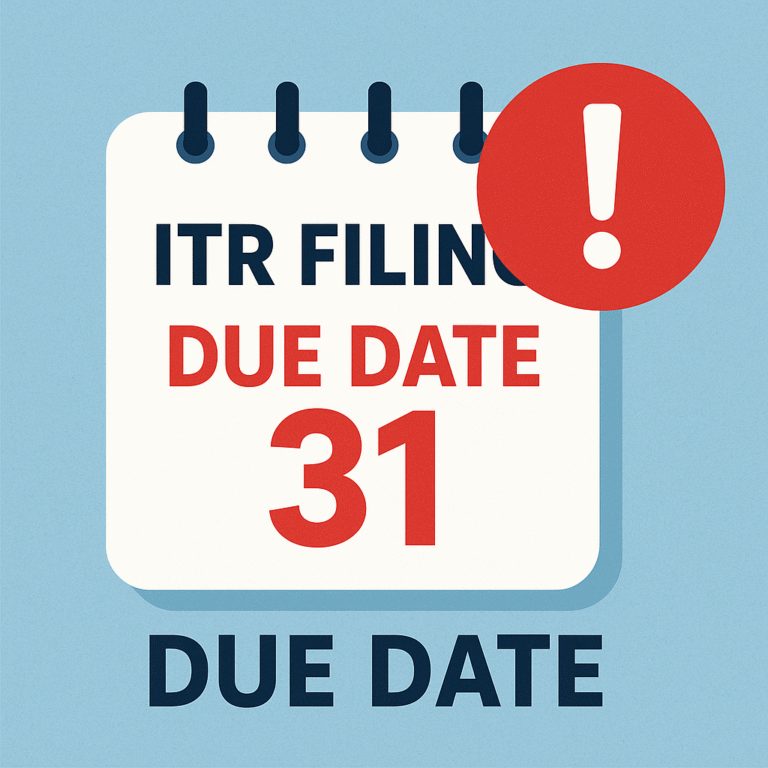In recent days, a surge in seismic activity has led to multiple tsunami alerts in the USA, Japan, and the Philippines, sparking global concern. As these countries lie within the volatile Pacific Ring of Fire, they are particularly vulnerable to earthquakes and their oceanic aftermaths—tsunamis. With increased movements along major tectonic plates, international agencies like NOAA, Japan Meteorological Agency (JMA), and PHIVOLCS have heightened monitoring and issued warnings to protect coastal populations.
In this comprehensive report, we break down the latest tsunami alerts, examine the causes, potential threats, and preparedness measures across the United States (especially Hawaii and the West Coast), Japan’s eastern seaboard, and Philippine islands. We also discuss the global tsunami early warning systems, safety protocols, and what to expect in the coming days.
What Triggered the Tsunami Alerts?
Tsunamis are typically caused by large undersea earthquakes, volcanic eruptions, or landslides. In this case, recent earthquakes exceeding magnitude 7.0 in the Pacific Ocean basin were detected near key zones:
-
A 7.2 magnitude quake off the coast of Honshu, Japan
-
A 7.0 magnitude quake in the Philippine Sea near Mindanao
-
A 6.8 magnitude quake off the coast of Alaska, USA
These triggered tsunami alerts or advisories, particularly in regions close to the epicenters, due to the potential for earthquake-triggered tsunamis. Although not all undersea earthquakes generate tsunamis, those with a shallow depth and vertical displacement often do.
Tsunami Alerts in the United States
Areas Affected:
-
Alaska
-
Hawaii
-
West Coast (California, Oregon, Washington)
Agency Monitoring:
The National Oceanic and Atmospheric Administration (NOAA) and the National Tsunami Warning Center (NTWC) issued tsunami watches and marine hazard advisories following seismic activity in Alaska and the broader Pacific.
Recent Developments:
-
Alaska experienced strong tremors triggering brief coastal evacuations in Kodiak Island and the Aleutians.
-
Hawaii issued tsunami advisories, but no significant wave activity was recorded.
-
The U.S. West Coast remained under surveillance with tsunami information bulletins being updated regularly.
Related Keyword: NOAA tsunami alert, Alaska earthquake, tsunami advisory USA
Tsunami Alerts in Japan
Affected Areas:
-
Honshu (Miyagi, Fukushima)
-
Chiba and Pacific coastal prefectures
Agency Monitoring:
Japan’s Meteorological Agency (JMA), known for its advanced warning systems, issued tsunami advisories following the 7.2 magnitude quake off the eastern coast.
Recent Developments:
-
Waves up to 1 meter high were recorded in some coastal towns.
-
Coastal communities initiated early evacuation protocols.
-
Nuclear power stations in Fukushima were inspected, but no anomalies were found.
Related Keyword: Japan tsunami update, earthquake in Honshu, JMA warning, Pacific coast alert Japan
Tsunami Alerts in the Philippines
Affected Regions:
-
Mindanao
-
Eastern Visayas
-
Southern Luzon (potential exposure)
Agency Monitoring:
The Philippine Institute of Volcanology and Seismology (PHIVOLCS) issued tsunami bulletins after a 7.0 magnitude earthquake in the Philippine Trench region.
Recent Developments:
-
Coastal barangays were advised to evacuate temporarily.
-
PHIVOLCS monitored sea-level changes for potential surges.
-
Minor waves were observed, but no large-scale inundation was reported.
Related Keyword: PHIVOLCS tsunami update, Philippine Trench earthquake, tsunami in Mindanao, earthquake-triggered tsunami Philippines
Global Tsunami Warning Systems at Work
Countries prone to seismic activity have invested heavily in early detection and alert systems. Key players include:
-
NOAA – U.S. based, monitors Pacific and Atlantic Ocean activity
-
JMA – Offers near real-time data for Japan and neighboring zones
-
PHIVOLCS – Handles earthquake and tsunami monitoring in the Philippines
-
Pacific Tsunami Warning Center (PTWC) – Issues alerts across the Pacific Ocean
These agencies use ocean buoys, seismographs, satellite feeds, and coastal sensors to detect both underwater disturbances and tsunami wave propagation in real time.
Related Keyword: tsunami warning systems, global seismic monitoring, real-time tsunami alerts
Understanding the Pacific Ring of Fire
The Pacific Ring of Fire is a geologically active zone surrounding the Pacific Ocean where many of the world’s earthquakes and volcanic eruptions occur. It includes:
-
Japan and the Philippines (western edge)
-
United States (eastern edge, including California and Alaska)
-
Indonesia, New Zealand, Chile, and more
With tectonic plates constantly shifting, this region is under perpetual threat of seismic and tsunami-related disasters.
Related Keyword: Pacific Ring of Fire activity, tectonic plate movement, Ring of Fire tsunami risk
Preparedness and Safety Measures
Emergency Protocols:
-
Evacuation zones near coasts have been marked.
-
Tsunami sirens and text alert systems are active in Japan and Hawaii.
-
Community drills have been reactivated in tsunami-prone towns.
What To Do During a Tsunami Alert:
-
Move to higher ground immediately.
-
Do not return until an official “All Clear” is given.
-
Stay tuned to local media and national agencies.
-
Have a disaster kit ready: food, water, radio, flashlight, medicines.
Related Keyword: tsunami evacuation plan, tsunami safety tips, tsunami survival checklist
Impact on Global Travel and Shipping
Travel Advisories:
-
Flights to/from Honolulu, Tokyo, and Manila have seen delays.
-
Coastal tourism operations in Japan and the Philippines were temporarily halted.
Marine Alerts:
-
Shipping lanes in the Pacific were rerouted.
-
Fishermen and cargo ships were warned to stay clear of the coastlines.
Related Keyword: tsunami effect on travel, marine hazard warnings, shipping delays due to tsunami
What Comes Next: Monitoring Continues
While no catastrophic tsunamis have been confirmed as of now, experts warn that aftershocks could trigger further threats. Governments remain on high alert, especially in coastal areas.
The public is encouraged to:
-
Monitor official channels
-
Avoid spreading rumors on social media
-
Cooperate with disaster response efforts
Related Keyword: tsunami aftershocks, earthquake monitoring, ongoing tsunami threat
Conclusion
The recent tsunami alerts in the USA, Japan, and the Philippines are a stark reminder of the raw power of nature and the importance of preparedness. While modern technology allows for real-time detection and alerts, it is the swift response from citizens and authorities that ultimately saves lives.
As seismic activity continues in the Pacific Ring of Fire, staying informed and alert is not just a recommendation—it’s a necessity.






